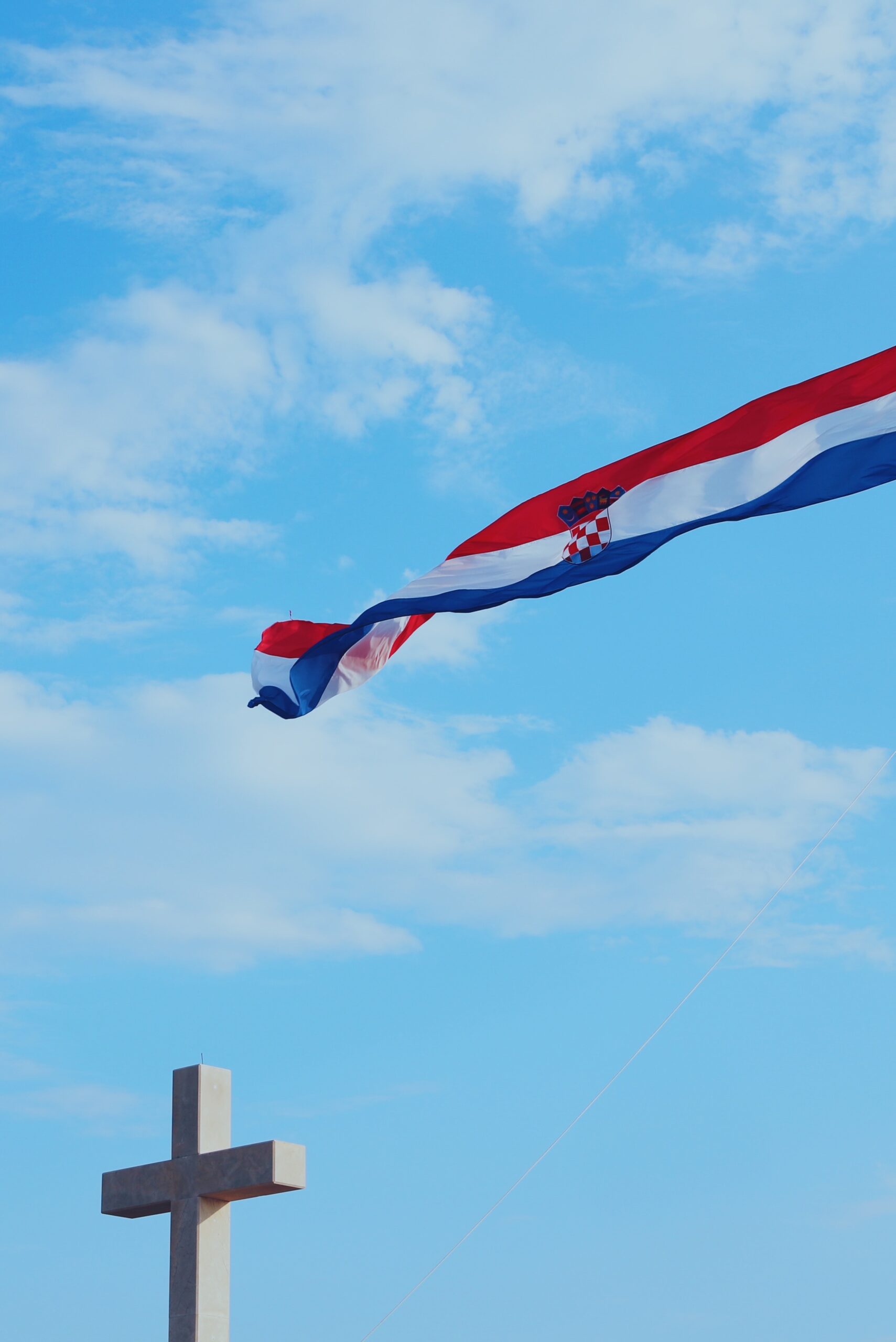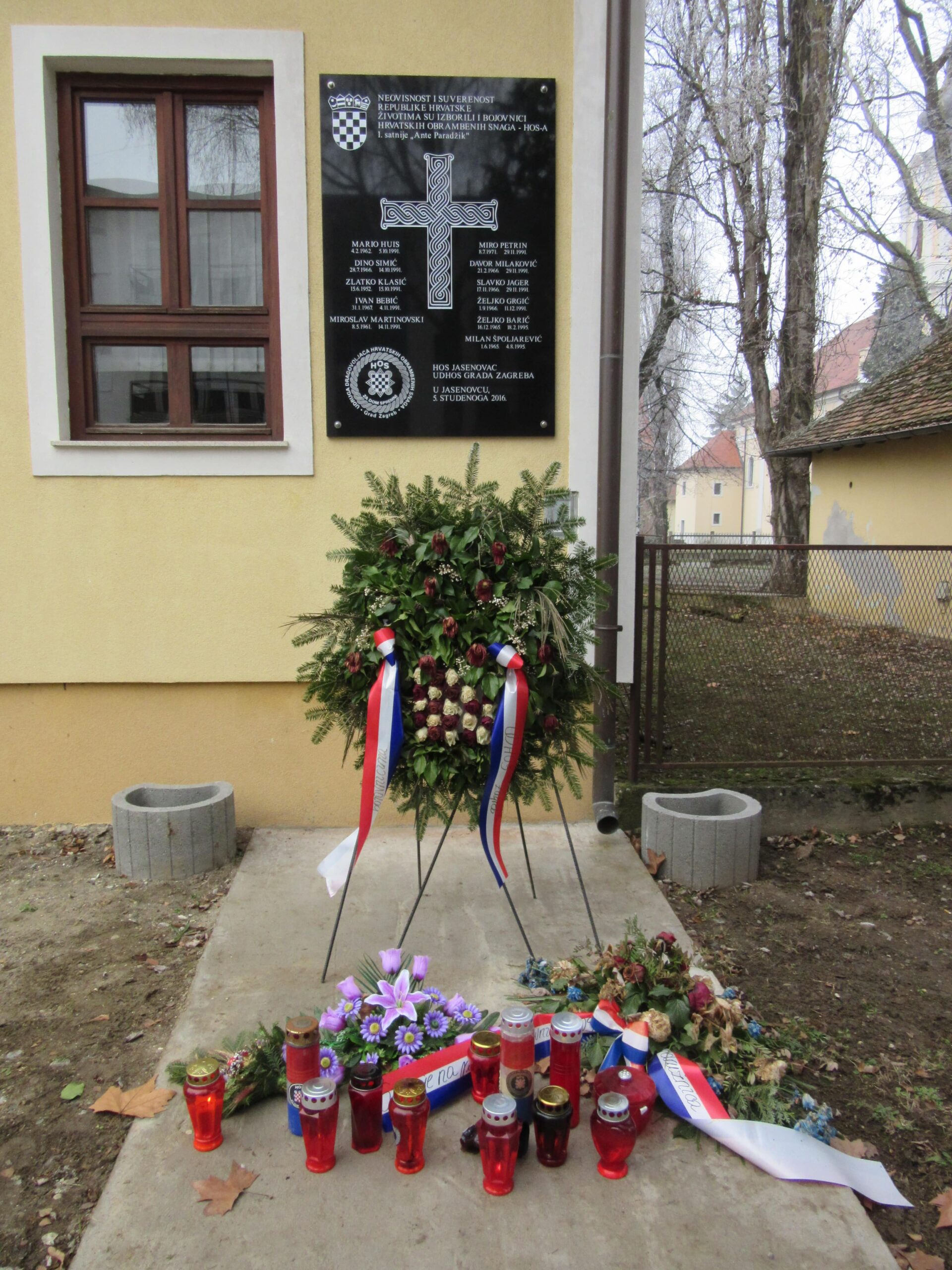Having become intertwined with post-war identity building and memory politics, the salute has been present in various contexts such as in football and national commemorations, as part of graffiti, murals, and in music. Despite continuous criticism from various minority organizations internationally and locally, concrete steps towards the long-term development of wider social initiatives aimed at countering the use of hate speech and controversial symbols are still lacking. Nowadays the salute remains (mis)used by some politicians, war veterans’ organizations, and radical right individuals and groups in order to further political agendas, mobilize voters, and promote a one-sided interpretation of the past.
However, in April 2023, a proposal was made to amend the “Law on misdemeanours against public order and peace” (Zakon o prekršajima protiv javnog reda i mira), which calls for a significant increase in fines (up to a maximum of 4000 euros) for „the performance, reproduction of songs, music and texts, or carrying or emphasizing symbols, texts, pictures, drawings“. Up until the proposal, this misdemenaor was penalized with the amount of 20 to 150 euros, while the latest amendments to the law aim to mitigate and prevent the use of controversial symbols and chants. While the Ustaša salute is not explicitly referred to in the Law, it is heavily implied that the amendement is aimed towards mitigating its use. The request to amend the Law came from minority representatives, although they aimed for the regulation of the salute in the Croatian criminal code, which has not been done.
Not long after the proposal, a petition for advancing the protection of the Ustaša salute was published and disseminated by the Citizens’ initiative for the protection of the values of the Homeland War. Signed by a HOS veteran, a lawyer, and a historian and volunteer during the 1990s war, the petition also calls for the protection of the „fundamental identity-based values of the Homeland War that are the foundation of the creation and survival of the Republic of Croatia.“
The authors attempt to legitimize the salute by appealing to some of the following aspects. Firstly, they refer to the verdict by the High Misdemeanour Court of the Republic of Croatia from 2019. Namely, the Court concluded that the use of the salute by the Croatian far-right nationalist singer Marko Perković Thompson does not constitute a misdemeanour nor a breach of public order. Both the authors’ attempt towards legitimation, as well as the Court’s decision, do not have a solid ground to stand on since the salute does not lose its symbolic content simply because it is part of Thompson’s song. On the contrary; Thompson’s concerts attract a far-right crowd and are often characterized by chanting the salute and even „Kill a Serb“, which caused controversy in the region on multiple occasions. Moreover, since the salute symbolizes the Ustaša regime, it is contrary to Article 39 of the Constitution that prohibits any incitement to national, racial or religious hatred.
Secondly, the authors of the petition claim that „it has been scientifically proven“ that the slogan „Za dom“ (in any version) „belongs to the Croatian traditional heritage“ and that it had been used in various contexts during the 19th, 20th, and 21st century. They, however, fail to provide any concrete sources that would support the aforementioned, while the scholarly community has consistenly proven that the dominant meaning of the salute is tied precisely to the WWII Ustaša regime. Furthemore, precisely due to being used by HOS in order to evoke the Ustaša legacy in the 1990s, its dominant symbolic content was reinforced.
Thirdly, the authors point towards undefined „various sources“ as evidence that the Ustaša salute had been used by different military units (including the official Croatian Army), while it is the „permanent symbolic sign“ of HOS. While it is correct that different military units used the salute (though it was predominantly HOS), the fact that it had been used does not make it legitimate.
While the attempt to legally regulate the use of the salute is certainly not insignificant, it is also far from being sufficient. One of the main challenges concerning hate speech and controversial symbols lies in the fact that banning or restricting them does not make the ideas and narratives that fuel them disappear. An additional layer of complexity that surrounds the Ustaša salute is its entanglement with post-war identity narratives founded upon ideas of victory and defense. As a consequence, any criticism of the salute is usually perceived as an attack on the enshrined war narrative by many right-wing groups, individuals, and war veterans, as the petition demonstrates.

